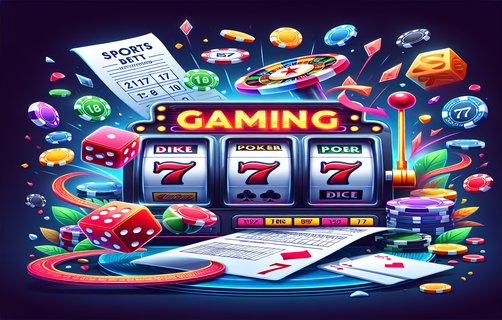Innovative Strategies and Features in Hold'em: A Designer's Perspective

In the world of poker, particularly Texas Hold'em, the blending of traditional gameplay with modern innovation can lead to a transformative experience for players and the industry alike. By applying a designer's thinking approach, we can dissect vital components such as tournament leaderboards, betting strategies, and gameplay mechanics to enhance player engagement and overall satisfaction.
Tournament Leaderboards are a pivotal feature that not only keeps players informed but also fosters a sense of competition. By incorporating real-time updates, custom leaderboards can enhance the stakes of each tournament, motivating players to improve their skills and tactics. The design must focus on accessibility and clarity, ensuring that players can easily navigate through various stats, such as player rankings, prize pools, and performance metrics. An improved leaderboard can also integrate social features, allowing players to follow friends and rivals, generating more community interaction.
Next, Risk-Free Bets present a dual advantage: they attract new players who may be hesitant to invest real money, while also providing existing players the opportunity to explore new strategies without the fear of losing. The designer’s role here is to create an engaging onboarding experience through such offers. Clarity in communication about the terms and conditions of risk-free bets is necessary—it should empower players to take calculated risks. Moreover, leveraging data analytics to track user interaction with these promotions can provide designers insights to further refine the offerings.
Another intriguing aspect of Hold'em is the concept of Free Bets. This method can be utilized as a promotional tool, encouraging players to participate in more tournaments or cash games. The challenge lies in creating a balanced environment where free bets do not undermine the objective of the game. The design of these promotions should ensure that they are appealing yet sustainable, compelling players to share their experiences and foster a sense of community around the game. It is about achieving a fine balance between enjoyment and responsible gaming.

Splitting Pairs is a critical gameplay mechanic in poker that allows players to enhance their hands strategically. By offering educational content, tutorials, or even interactive gameplay scenarios focused on splitting pairs, designers can significantly improve player comprehension and skill development. The emphasis should be on delivering value through learning tools that are both engaging and informative. This could include video tutorials, infographics, or even social media campaigns which celebrate and educate on the nuances of the game.
Furthermore, the concept of Round-Robin Betting introduces an element of multidimensional strategy into poker. This approach can be an innovative way to engage players at different skill levels. Designers can create tools that help players understand the probabilities associated with the various potential outcomes of their bets, thereby encouraging strategic thinking. Implementing innovation in this area allows for a diversification of betting strategies that can keep engagement levels high and promote a richer game experience. Visual representations of outcomes could also aid in comprehension, making complex strategies more accessible.
The ultimate aim of these innovations is to enhance Gameplay Fluidity. Fluidity in gameplay is essential for maintaining player interest and reducing the likelihood of frustration during play sessions. By optimizing user interfaces and streamlining game mechanics, designers can contribute significantly to creating seamless experiences. Tracking user behavior through the design phase can help in minimizing lag, improving lobby navigation, and causing meaningful adjustments to the player onboarding experience, ultimately changing how players interact with the game.
Finally, a well-structured Help Center is crucial in supporting players at all levels. This resource should offer quick and easy access to information on gameplay, rules, and clarifications on promotions. By integrating a FAQ section, video tutorials, and responsive customer support, designers can create a robust support system that addresses player inquiries effectively. The goal is to foster an environment of trust, where players feel supported and empowered to engage without hesitation. A community forum could also serve as a platform for players to share experiences and tips, further enhancing engagement.
In conclusion, through the application of a designer's thinking to the various elements of Hold'em—from tournament dynamics to safety in betting and user engagement—we can cultivate an enriched environment that honors the game's roots while embracing innovation. It is about more than just adapting existing structures; it is about envisioning a transformative experience that resonates with both new and seasoned players alike.
